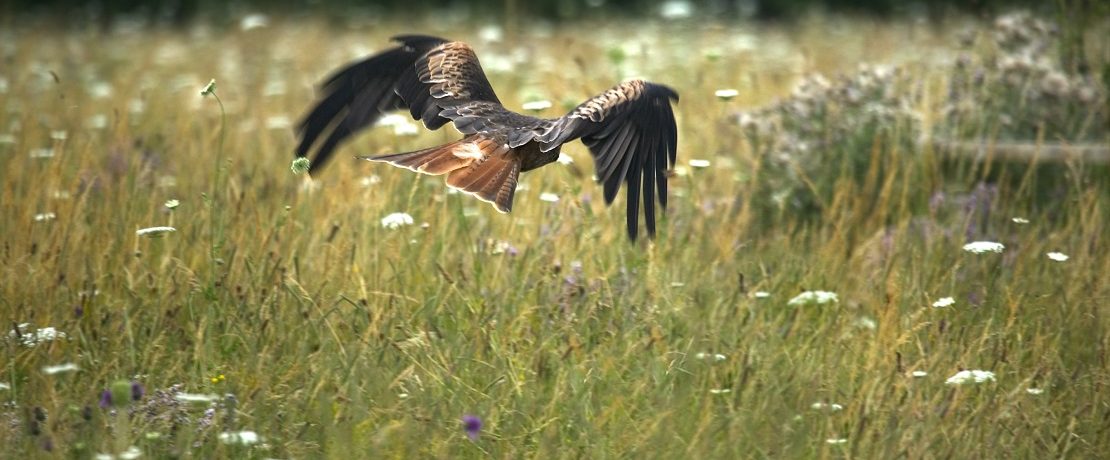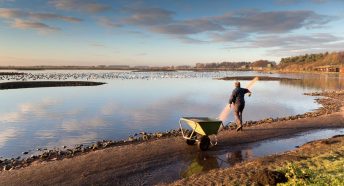Celebrating our meadows
Wildflower-rich meadows were once a common sight in the English landscape. Their restoration as an icon of the countryside should be integral to efforts to reverse the impact of climate change and biodiversity loss. Here, we celebrate efforts to create new meadows and save those that remain at risk.
A meadow is generally thought of as a piece of unimproved grassland used purely for grazing livestock and making hay. With its red haze of sorrel and soft green grasses, flecked with the purple of knapweed and cranesbill, splashed with yellow rattle, and the bobbing heads of sweet vernal and fescue, the English meadow is an ancient and well-loved feature of our landscape.

Go back to Housman, Constable and Clare and you’ll find them stitched tight into the fabric of rural England. At hay time the fields were thick with teams of men and women, with scythes and sickles, mowing the meadows. Every farm used to have them, and the herbs and grasses that thrive in them – like lady’s bedstraw, bird’s-foot trefoil and tufted vetch – sound like they’ve been plucked from some bucolic long-gone age.
However, species like these are now rarely found in ordinary farmed pasture. Many farmers have had to manage their land in the most cost-effective way; and as feed for animals, a crop of grass for silage makes more commercial sense than hay because it’s less weather dependent, and you can get two or more cuts a year. That’s led to what the UK Biodiversity Action Plan described as a ‘remarkable decline’ in the number of meadows. It’s estimated that between the 1930s and the 1980s, some 97% of semi-natural grassland in England and Wales disappeared.
A new meadow for the Lakes
But there has been a recent resurgence in landowners and communities looking to protect and enhance their meadows, or even create new ones – as the Friends of the Lake District (CPRE’s representatives in the National Park) did back in 2005. At the time few had tried re-establishing upland hay meadows, but their work has since been used as an example of good practice to others who want to bring meadows back to life by bodies including DEFRA and Natural England.
When the Friends bought a piece of land at High Borrowdale in 2002, they wanted to put their land management and conservation policy into practice, but there were no established techniques for recreating meadows. The site was an area of fairly uninspiring upland pasture that had previously been used for grazing sheep and cattle. They negotiated permission to harvest seed from a nearby hayfield, and Val Hack, their ecologist, foraged for species they still needed in grass verges across Cumbria, growing the young plants in her own greenhouse. After some patient waiting, species like ox-eye daisy, red clover and melancholy thistle began to emerge, creating an early riot of colour.
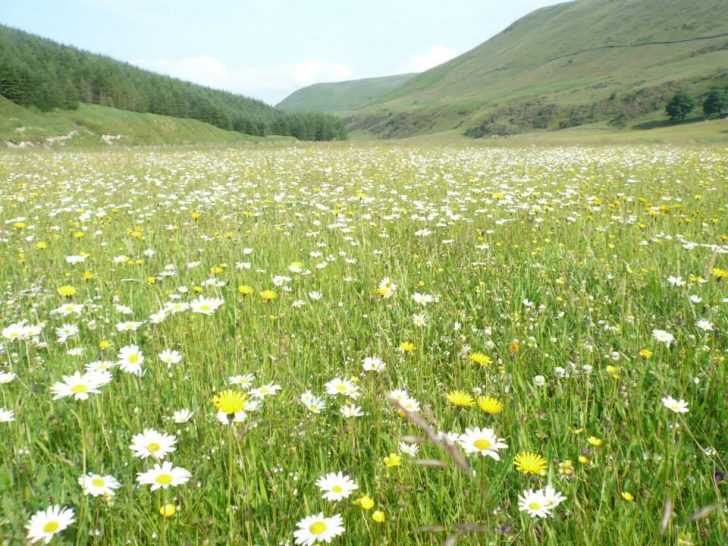
The meadow remains a beautiful inspiration, recently celebrated in the Friends’ latest edition of its lockdown series of Postcards from the Lakes. It’s not just an attractive component of the landscape, but good for our soils and our wildlife, with ecological surveys showing a big increase in wildlife, pollinators and invertebrates compared to the Friends’ other grassland areas. Natural England has even suggested the meadow is now of SSSI restored quality, while its status as open access land means visitors will be able to enjoy it in perpetuity.
Meadows under threat
At the other end of the country, CPRE Kent is helping to promote the value of Wincheap Water Meadows – currently at risk from council plans to extend a park-and-ride car park over this beautiful floodplain habitat on the River Stour. The plans are on hold after local people donated thousands of pounds to fund a judicial review of the decision over a site that has supported numerous plants and mammals, including otters.
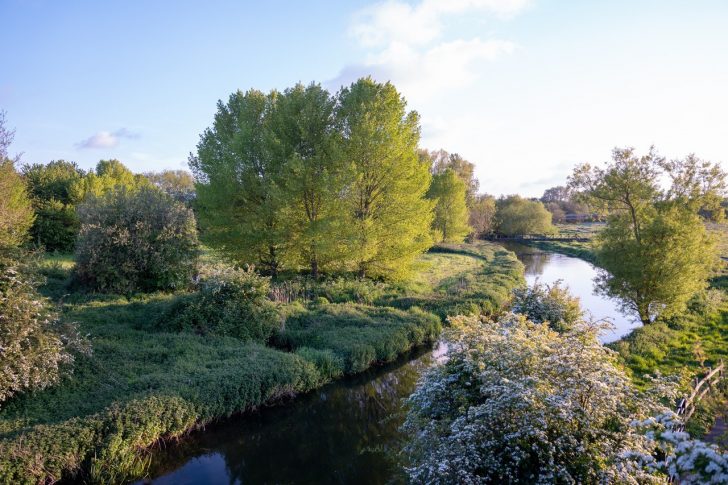
If the water meadows are saved campaigners say they will raise more funds to restore them as species-rich grassland for pollinators and other wildlife, then lobby for the site’s inclusion in the adjacent Local Nature Reserve – so that it can be part of Kent’s ‘nature recovery network’. They believe their cause will be helped if an online petition calling on Canterbury City Council to adopt a Pollinator Action Plan reaches 1,500 names – meaning the council has to issue a formal response. The petition reached 1,000 in early July, and local people are being urged to add their names to register their concern for the meadows and our wider environment.
Meanwhile, in the latest of their series of short films to help communities celebrate threatened spaces, CPRE Oxfordshire has supported the Save Gavray Meadows group in promoting this accredited Local Wildlife Site – the only remaining area of untouched damp grassland in the Bicester area. Grazing cattle maintain the grasses and flowers here, allowing birds to thrive – including migratory warblers, kestrels, sparrowhawks, buzzards and red kites. A small wood at the north end of the meadows provides roosting for bats and shelter for smaller birds, while foxes, rabbits and butterflies abound.
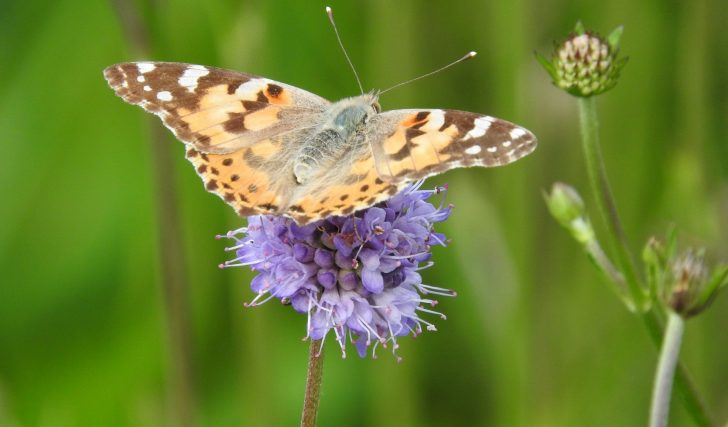
While the meadows were saved from plans for 180 homes in 2018, the looming threat of development remains. At a time of climate and ecological crisis, when CPRE polling shows that 71% of people want more wildlife in their local green spaces, it is vital that all our meadows are given a secure future. As CPRE chief executive Crispin Truman says, ‘if the government is serious about learning the lessons of the pandemic, it must use upcoming planning reforms to protect these precious spaces and recognise their value as a natural health service. By properly investing in our green spaces we can make them more inviting to people and wildlife.’
This page is based on an article by Caz Graham originally published in CPRE’s award-winning magazine, Countryside Voices. You’ll have Countryside Voices sent to your door three times a year, as well as access to other benefits including discounts on attraction visits and countryside kit from major high street stores when you join as a CPRE member. Join us now.
